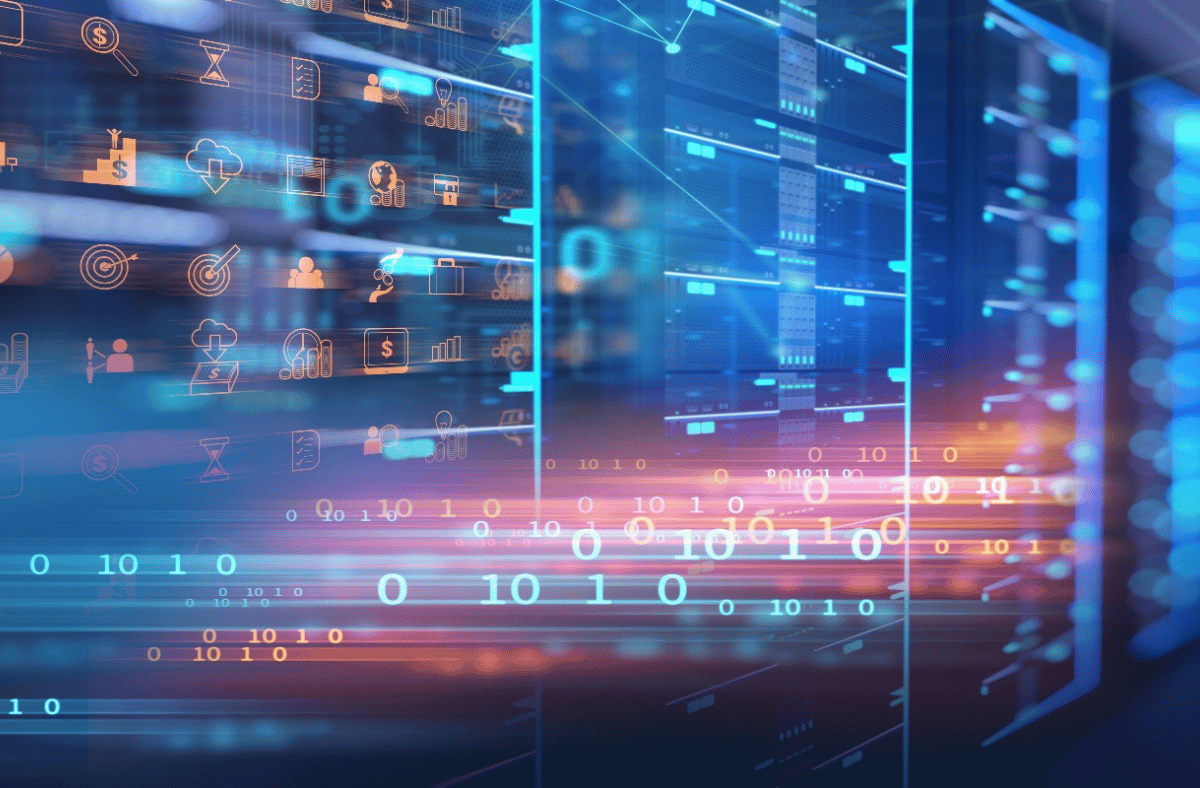
Reverse supply chain management has received greater industry interest in recent years, driven by growing concerns about environmental protection issues, recycling, sustainable development, and safety regulations. These issues have spurred organizations to think about how their product will impact the environment, and what sort of carbon footprint it will leave.
A growing number of manufacturers accept product returns at the end of their initial post-consumer lives and reuse the products to get more value from the product.
Companies are adopting this green influence on reverse supply chain because customers have shown they value companies with strong social and environmental corporate policies. Other companies have adopted greener policies because, not only does it improve customer opinions on the company, but also provides a competitive advantage by reducing costs. The updated 7th edition of the FITTskills Global Value Chain course looks at this trend towards circular supply chains.
Countries taking the circular approach
The increased importance of reverse supply chain as a source of value has led companies to adopt a circular supply chain approach, which reduces waste, provides an alternative source of inputs, and takes advantage of the original forward supply chain investment.
The move towards circular supply chains by organizations is being pushed forward by important international regulations and new environmental approaches:
- European Union Packaging Directive: Initiated in 2001, this directive requires all countries in the E.U. to recycle 50 percent of their packaging waste or incinerate it to provide energy.
- Japanese recycling laws: In Japan, businesses are responsible for recycling packaging materials into reusable.
- California recycled content laws: California requires manufacturers to recycle 25 percent of all plastic containers.
- UK Landfill Directive: In 2007, an addition was made to this legislation that requires all UK-based companies to recycle or treat their waste products, regardless of their size and turnover.
The European Commission has adopted a Circular Economy Package with ambitious 2030 targets. It includes revised legislative proposals on waste to accelerate Europe’s transition towards a circular economy.
The switch will increase global competitiveness, foster sustainable economic growth, and lead to the creation of new jobs.
Consumers hold the power
Another reason for the growth in reverse supply chain management strategies is consumer power. With a global market and Internet commerce, customers have a wider range of companies to purchase from than ever before.
Consumers are also becoming more informed about the products they purchase and are showing increasing concern about the conditions under which products are manufactured and disposed.
Customers now expect to be able to return products they do not like or were purchased in error. They expect to be able to exchange older goods for new products so they do not have to be concerned with disposal or recycling issues. Repairs and warranty service are an accepted part of customer service. Slow or poorly managed service in these areas can result in a loss of customer loyalty and negative publicity.
The transition from a linear supply chain to a circular supply chain requires organizations to rethink how they imagine their supply chain. They must envision it as a network with materials and goods circling through the chain in various ways. Some considerations for creating circular supply chains include:
- Outputs become inputs because goods don’t end their lives with customers, but become an input into the supply This means accounts payable and accounts receivable processes will form a loop instead of a straight line.
- The use of information communication technology (I.C.T.) to coordinate all the moving parts a circular supply chain requires action in real time, otherwise a circular supply chain is not
- Assessing reuse opportunities requires researching suppliers and working with the top tier for a common vision towards a circular supply chain while ensuring Corporate Social Responsibility (C.S.R.) standards are
- The cash flow demands of a circular supply chain, compared to a linear one, may be The margins might improve, but a supplier’s need for cash may change.
- The management of components, such as the evidence, materials, production information, and components for the entire life cycle, requires making a detailed plan.
The Circular Economy
The new sharing economy business model, the move to circular supply chains, and the move to find more environmentally friendly ways to deal with waste, are a part of the circular economy movement.
A circular economy can be understood as an economy that is restorative and regenerative by design and aims to keep products, components, and materials at their highest utility and value at all times.
A circular economy is alternative to the traditional linear economy (make, use, dispose) in which we keep resources in use for as long as possible, extracting the maximum value while the product is in use. When the product has reached the end of its life-cycle, then core materials are recovered and regenerated.
The circular economy is waste-free and resilient by design. It is a new economic model that is ambitious as well as practical. Designing the economy in such a way that is restorative of ecosystems, ambitious with its innovation, and impactful for society, is a bold challenge. But it is achievable when guided by these simple principles.
- Ecosystems support rebuilding
- Use resources to generate value, and not just financial value
- Support healthy societies and cultures
- Raw materials can be cycled indefinitely
- Support human health and happiness
The circular economy is built on the concepts of “making more with less” and “modelling life cycles in the natural world”, as a network of interdependent, ongoing cycling systems. At the root of these circular economy definitions are the concepts of innovation, collaboration, waster reduction, regenerative ecosystems, and reuse and recycling.
Is your organization making the transition toward a circular supply chain? Why or why not? We want to hear from you in the comments down below.






disqus comments